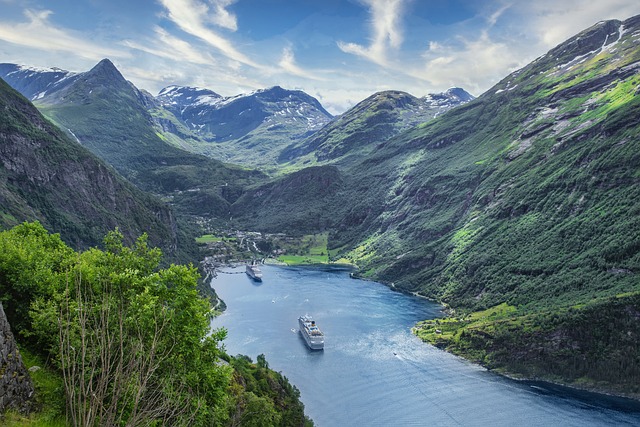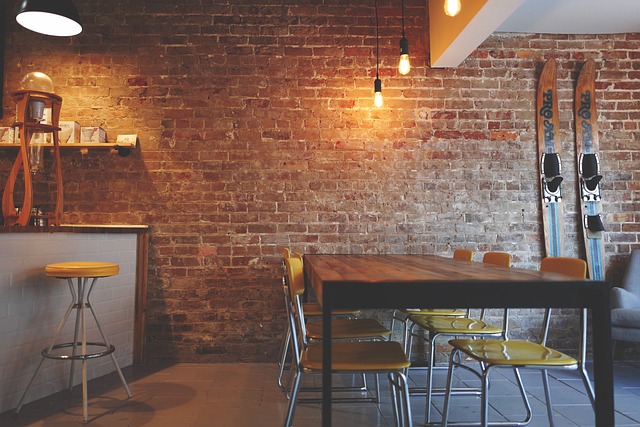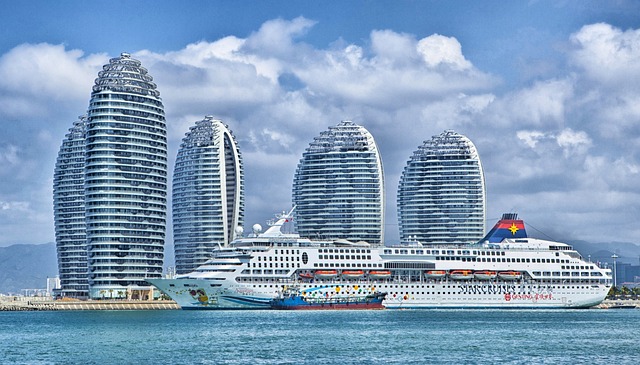Traditional wooden boats, from ancient oar-powered craft to modern clipper ships, have evolved alongside human civilizations. Today, Dubai offers bespoke cruise dinner experiences blending maritime heritage and luxury at competitive prices, appealing to both traditionalists and adventure seekers. These vessels showcase diverse adaptations, reflecting societal shifts towards leisure and travel.
In the realm of maritime history, traditional wooden boats have long been a testament to human ingenuity and craftsmanship. This article navigates the rich tapestry of these timeless vessels, exploring their evolution from ancient fishing boats to modern luxury cruise ships in dynamic cities like Dubai. We delve into construction techniques, artistic wood carving, and steering methods that have withstood the test of time. Additionally, we examine contemporary uses, including dinner cruises, and discuss the challenges and future prospects of preserving this traditional boat-building art. Discover more about the enduring allure of wooden boats and their significance in today’s world, even considering the bustling Dubai cruise scene and its impact on preservation efforts.
- The History and Evolution of Traditional Wooden Boats
- Types and Designs: From Fishing Boats to Luxury Cruise Ships
The History and Evolution of Traditional Wooden Boats

Traditional wooden boats have a rich history dating back centuries, evolving alongside human civilization and cultural exchange. From ancient times, when oar-powered vessels plied the rivers and coasts, to the advent of sail power, these craft adapted and diversified. In the Mediterranean, for example, the evolution of galley ships during the Roman era showcased advanced construction techniques, while the sleek sailing boats of the Norse Vikings navigated treacherous waters with remarkable prowess.
This legacy continued into modern times, with wooden boatbuilding thriving in various regions globally. The iconic clipper ships of the 19th century, used for long-distance trade, showcased the skill and craftsmanship of their era. Even today, these traditional methods find new life in bespoke cruise dinner experiences, such as those offered in Dubai. Despite the rise of modern materials and advanced technology, authentic wooden boats remain a symbol of maritime heritage, appealing to both traditionalists and those seeking unique, historic sailing adventures, often at competitive dinner cruise prices in exotic locations like Dubai.
Types and Designs: From Fishing Boats to Luxury Cruise Ships

Traditional wooden boats encompass a diverse range of designs and types, each tailored for specific purposes and environments. From humble fishing boats that have been a staple in coastal communities for centuries to luxurious cruise ships offering opulent cruise dinner experiences in destinations like Dubai, where prices can rival the most exclusive dining venues, these vessels represent a rich heritage and evolving maritime technology.
Fishing boats, known for their simplicity and maneuverability, are designed to navigate shallow waters and are equipped with essential features for catching fish. In contrast, modern cruise ships are marvels of engineering, featuring expansive decks, luxurious cabins, and state-of-the-art amenities, offering passengers a chance to experience the world in comfort and style. The evolution from fishing boat to luxury cruise ship reflects not just technological advancements but also shifting societal preferences for leisure and travel experiences.
Traditional wooden boats, with their rich history and diverse designs, continue to captivate enthusiasts worldwide. From quaint fishing boats to opulent luxury cruise ships, these vessels represent a harmonious blend of craftsmanship and human ingenuity. In Dubai, for instance, where the maritime industry thrives, exploring historic boat types can offer a unique perspective on the region’s cultural heritage. While modern cruise dinner experiences in Dubai come with varying price points, delving into traditional wooden boats provides a glimpse into a time when navigation was an art, and woodcraft was a cornerstone of maritime progress.
